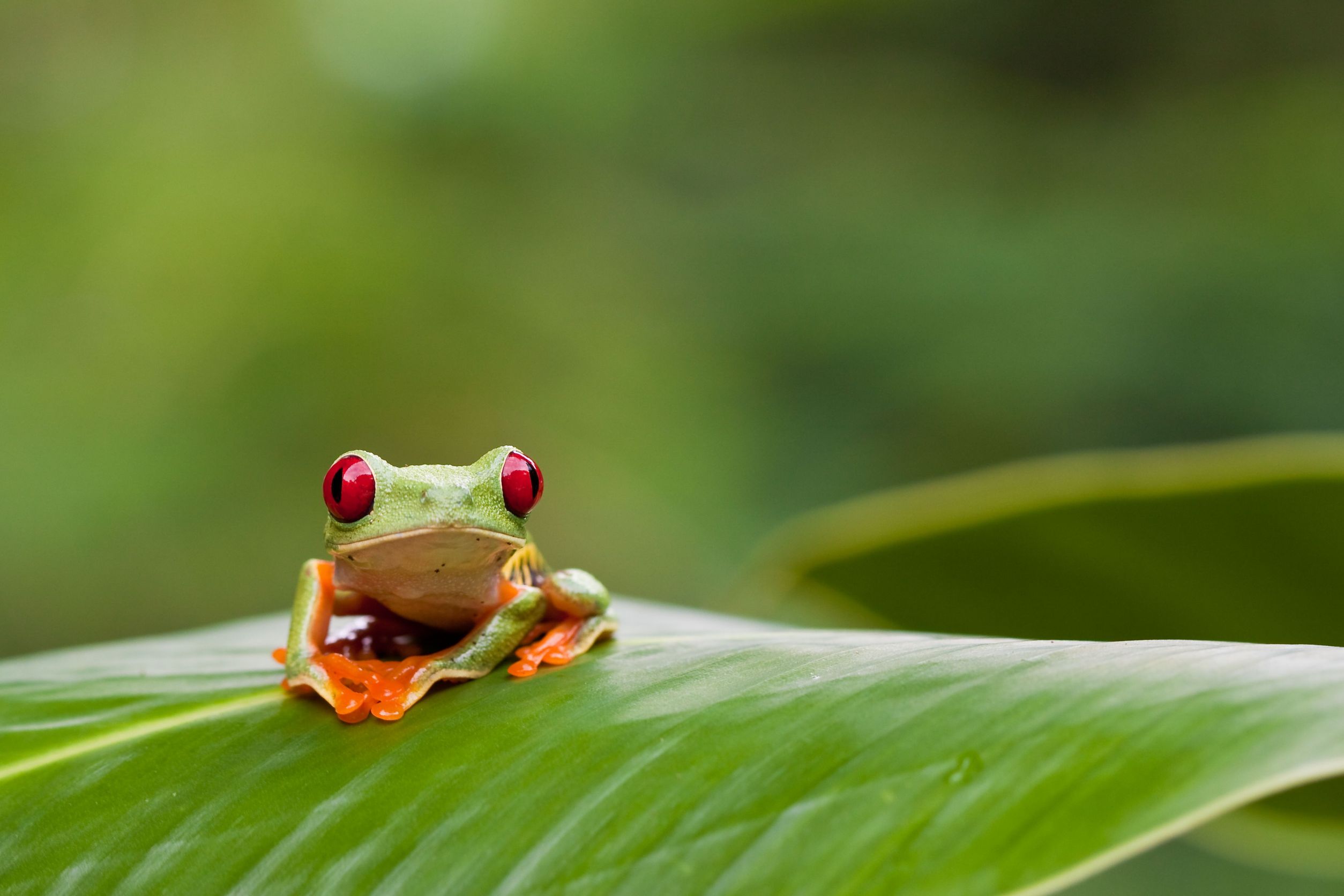While much of Costa Rica has been stripped of its forests, the country has managed to protect a larger proportion of its land than any other country in the world in national parks. In 1970 there came a growing acknowledgment that something unique and lovely was vanishing, and a systematic effort was begun to save what was left of the wilderness. That year, the Costa Ricans formed a national park system that has won worldwide admiration. Costa Rican law declared inviolate 10.27 percent of land.
Throughout the country, representative sections of all the major habitats and ecosystems are protected.Today, one-third of land is legally set aside as national parks and forest reserves, “buffer zones,” wildlife refuges, and indigenous reserves. Throughout the country, representative sections of all the major habitats and ecosystems are protected. The government’s national parks are under the jurisdiction of the Sistema Nacional de Áreas de Conservación (National Conservation Areas System, SINAC, Ave. 15, Calle 1, San José, tel. 506/2522-6500), which is responsible to the Ministerio de Ambiente y Energía (Ministry of the Environment and Energy, MINAE). SINAC protects more than 70 areas—including 26 national parks, 4 biological reserves, 3 forest reserves, 23 wildlife refuges, and various wetlands that can be visited—in 11 conservation areas. Dozens more reserves are in private hands.
One of Costa Rica’s iconic fauna, the red-eyed tree frog. Photo © Peter Wollinga.
However, SINAC remains severely hampered by underfunding. The government has also found it impossible to pay for land set aside as national parks (15 percent of national parks, and much more of reserves, are private property with payments outstanding). And budgetary constraints have traditionally prevented the severely understaffed parks service from hiring more people. Thus, poaching continues inside national parks, often with the connivance of rangers and corrupt parks service officials.
Much of the praise heaped on SINAC actually belongs to individuals (preponderantly foreigners), private groups, and local communities whose efforts—often in the face of bureaucratic opposition—have resulted in creation of many of the wildlife refuges and parks for which SINAC takes credit. (The creation of the national park system itself was the product of lobbying by a foreigner, Olaf Wessberg, as related in David Rains Wallace’s The Quetzal and the Macaw.) The current focus is on integrating adjacent national parks, reserves, and national forests into Regional Conservation Areas (RCAs) to create corridors where wildlife can move with greater freedom over much larger areas.
If you need specialized information on scientific aspects of the parks, contact the Conservation Data Center, Instituto Nacional de Biodiversidad (INBio, tel. 506/2507-8100). Entrance for walk-in visitors varies from $6 to $15, valid for 24 hours only; most parks cost $10. You will need permits for a few of the biological reserves; these can be obtained in advance from SINAC.
You can volunteer with ProParques (tel./fax 506/2263-4162), a private foundation that works to support and strengthen operation of the national park system.
Wildlife doesn’t observe political borders; birds migrate, plants grow on each side. Park management increasingly requires international cooperation through the creation of transnational park networks, with neighboring countries viewing the rivers and rainforests along their borders not as dividing lines but as rich tropical ecosystems that they share.

A yellowish flycatcher photographed at the Savegre Reserve. Photo © Brian Ralphs, licensed Creative Commons Attribution.
The idea fruited in Central America as the Paseo Pantera, dedicated to preserving biodiversity through the creation of a contiguous chain of protected areas from Mexico to Colombia. This cooperative effort has since evolved into the multinational Mesoamerican Biological Corridor project. The intent is for the isthmus to once again be a bridge between continents for migrating species.
The most advanced of the transfrontier parks is Parque Internacional La Amistad, created in 1982 when Costa Rica and Panamá signed a pact to join two adjacent protected areas—one in each country—to create one of the richest ecological biospheres in Central America. UNESCO cemented the union by recognizing the binational zone as a biosphere reserve.
Excerpted from the Tenth Edition of Moon Costa Rica.